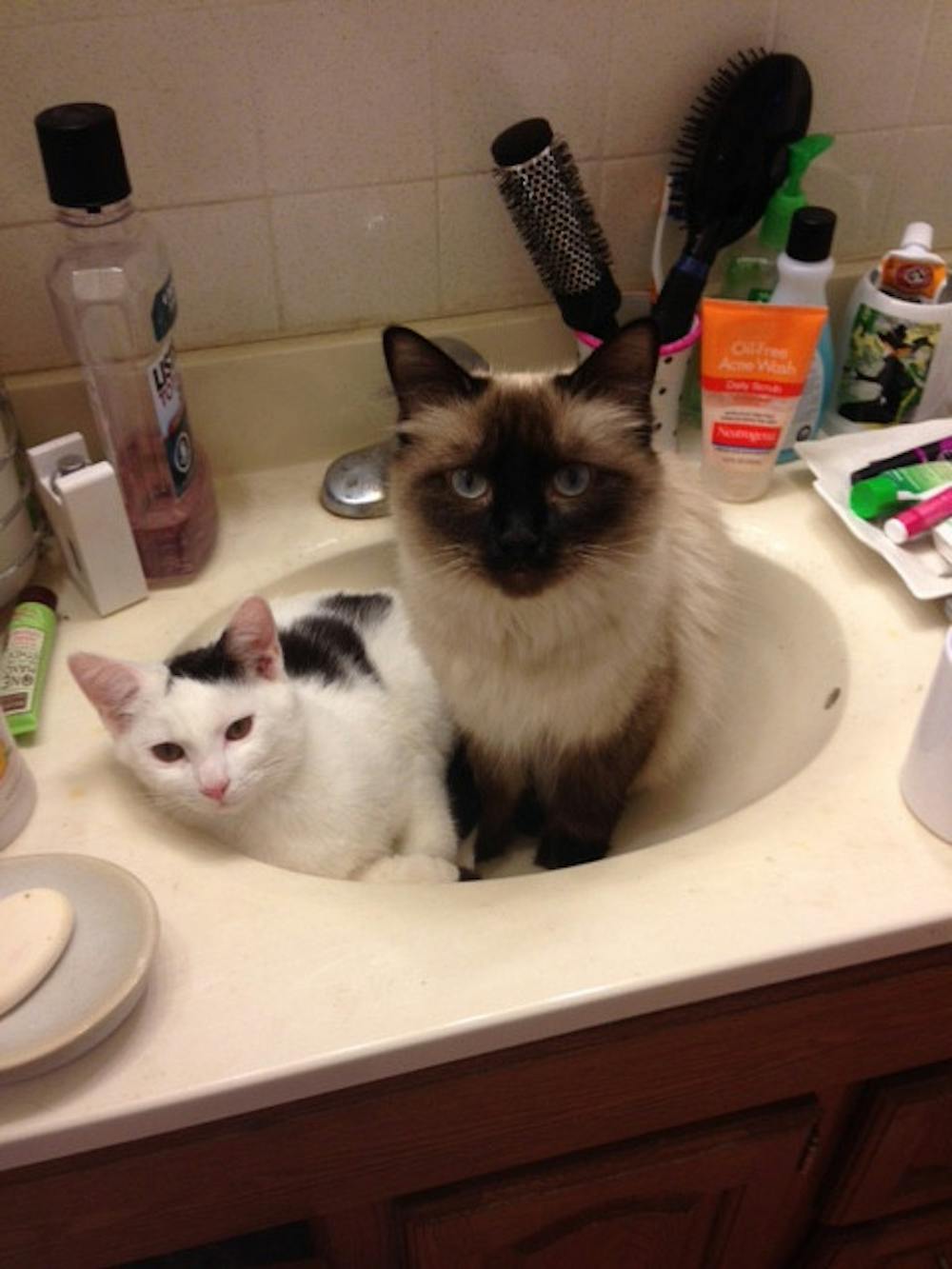When people think of animal shelters, they often think the pets up for adoption are defective. This idea is a tragic misconception. Popular culture has done very little to help improve the image of shelters and adoption as a whole, with classic films like Lady and the Tramp, and Lilo and Stitch, as well as cartoons like Garfield, showing shelters as pet jail.
Spend five minutes in Ross, Ohio’s Animal Adoption Foundation (AAF), and those false stereotypes will vanish. In reality, animal shelters are wonderful places, and can act as a sort of rehabilitation center for animals who were victims of bad luck. Adopting from a shelter is one of the kindest things a person can do for an animal.
Two types of shelters exist: traditional, and no-kill. Both sorts have benefits and drawbacks. Traditional shelters (such as Cincinnati’s SPCA) often do not give as much individual pampering to their pets, and of course, they euthanize pets that haven’t been adopted for a long time or health reasons. However, traditional shelters will accept any animal offered to them—but they need to make space for the constant flux of homeless pets.
No-kill shelters (like AAF) are often wonderfully luxurious for the pets lucky enough to be accepted, and if you adopt from a no-kill shelter, you will be adopting a pet that is microchipped and vaccinated, as well as one that receives a lot of love and attention from employees, volunteers, and visitors. No-kill shelter pets are often more expensive, and how pets are vaccinated from traditional shelters varies from shelter to shelter. Often, no-kill shelters will visit kill shelters to pull a fortunate few into their pool of pets.
One common myth is that animals in shelters are often mutts, and those who want a specific breed will be better off buying from a breeder. This, too, is very untrue. Fancy cats, especially, are a common sight in shelters, and beautiful dogs are also not uncommon. The cat I adopted from AAF is a Balinese, which is a registered breed and very gorgeous.
Maine coons, Siamese cats, and many other exotic breeds of cat and dog are available at shelters, often at or below the price of a breeder or pet shop. In addition, you are likely to buy a fully vaccinated, spayed/neutered, microchipped pet in a shelter, which saves you a lot of vet costs.
If you cannot adopt from a shelter, you can still make the pets’ day in other ways. Fostering a pet means that you open up your home to a cat or dog that you are able to care for (fostering application forms often are very specific in what you are willing and unwilling to do for your foster pet to find the best match for you). I am fostering a very sweet cat with kidney disease from AAF—the food, vet fees, and everything else is covered by AAF, which makes fostering incredibly simple if you lack the funds to care for a pet. All you need to foster is a home and time to cuddle.
Other ways to help a shelter out include stopping by with donations, (wet and dry food, litterbox sand, as well as cleaning and household items like blankets, bleach, paper towels, bath towels, and similar items are all appreciated.), and networking. Upload a tweet, Instagram picture, or Facebook post talking about adoption—you just might influence someone to visit their local shelter!
Adoption: The best Option

